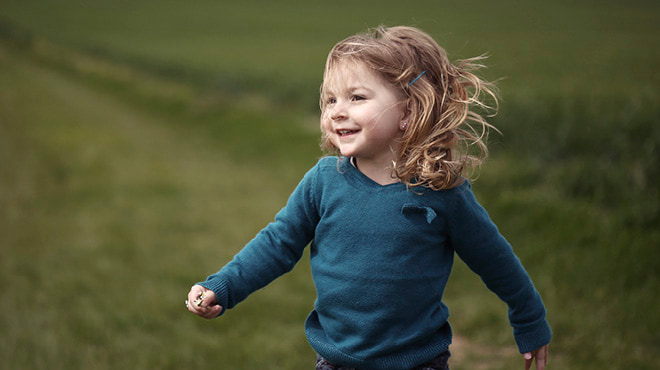Recent Posts
The itchy truth: What to know about head lice

You may have the urge to scratch an itch in your hair when you hear about head lice. The tiny insects like to move in and make their home in clean hair while feeding on blood from the human scalp. Knowing how to prevent and treat head lice can ease your family's scratching.
Getting head lice isn't a sign of poor hygiene or unclean surroundings. Head lice prefer clean hair to attach and lay their eggs.
Another common misconception is that head lice can jump or fly from one person to another. Head lice only crawl, most often leading to transmission through direct head-to-head contact.
Indirect transmission is less common, but it can occur through sharing of items, such as hats and scarves, brushes and combs, hair accessories, headphones, and pillows and towels.
Storing clothing items in proximity also can lead to indirect transmission. Sharing school locker or hook space, or hanging multiple hats or scarves in the same place, could result in indirect transmission.
However, good news for the four-legged members of the family: Family pets, such as dogs and cats, do not contribute to the spread of head lice.
Head lice stages
The three stages in the head lice life cycle are:
- Nits
Eggs of head lice are called nits. Nits are clear or whitish bumps that attach to the hair shaft close to the scalp. After a female head louse attaches the nit to a hair shaft, it takes about a week for the nit to hatch. Nits are often mistaken for dandruff, they do not brush off hair as dandruff does. - Nymphs
After a nit hatches, it is called a nymph. Nymphs are like adult lice, but they're smaller in size. It takes about a week for a nymph to grow into an adult louse. - Adults
Adult head lice are about the size of a sesame seed, and they are yellow or gray in color. They have six legs. Adult head lice can live for three to four weeks. A female louse lays six to 10 eggs per day.
Head lice do not carry disease in any stage of life.
Head lice detection
Intense itching on the scalp and neck could indicate the presence of head lice. Sensations of something crawling or moving in the hair also could be a sign of head lice. To determine if head lice are present, look for signs of nits attached to the hair shaft. If it comes off the hair easily, it is most likely not a nit, but dandruff or hair product residue.
If head lice or nits are found, every member of the family should be checked. It is also important to notify your child's school, day care or playmates, as anyone who comes in close contact with someone with head lice should be examined.
Treating head lice
Thorough treatment of head lice is necessary to ensure all lice have been eliminated. This includes removing head lice from hair and any personal items that may have been infested.
Consider these ways to eliminate head lice:
- Lice-killing shampoo
Several over-the-counter shampoos designed to kill head lice. Shampoos only kill adult lice ― not nits ― so follow product instructions and repeat in seven to 10 days, if directed. - Comb hair with fine-toothed comb
Use a fine-toothed comb every two to three days to remove nits or lice after shampooing. Check the comb for signs of nits or lice, and wipe the comb after each small section of hair. - Disinfect combs and brushes
Soak combs and brushes in hot, soapy water after each use. - Wash belongings of person affected by lice
Wash bedding, stuffed animals, clothes, hats, towels and other personal items in hot, soapy water. Dry items on high heat. A temperature greater than 130 degrees Fahrenheit can kill head lice and nits. - Store items that cannot be washed
Because head lice can live for up to three days off the body, store items not able to be washed in an airtight bag for several weeks. - Vacuum furniture
Vacuum carpets, mattresses, pillows, furniture, car upholstery and car seats. - Essential oils
Tea Tree oil can be mixed in with shampoo to help prevent head lice infestation. - Head lice clinics
A head lice clinic, which specializes in lice treatment, may be located near you. - Prescription treatments
Your health care provider may prescribe stronger prescription shampoo if over-the-counter shampoos do not work. Talk with your health care provider if you cannot eliminate head lice with at-home treatments.
Maegen Storm is a nurse practitioner in Pediatric & Adolescent Medicine in Faribault, Minnesota.






